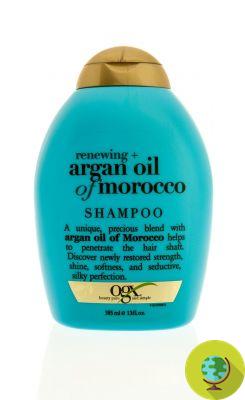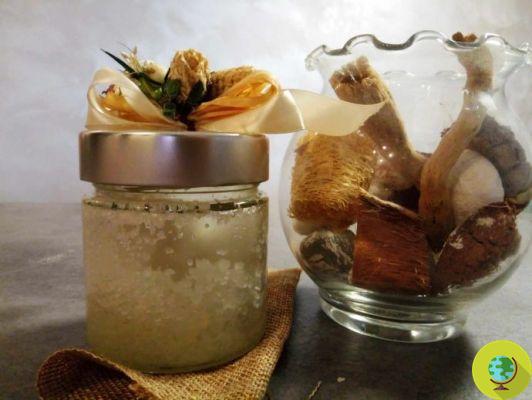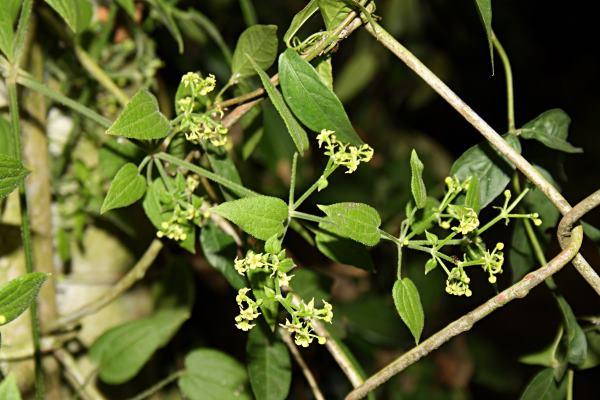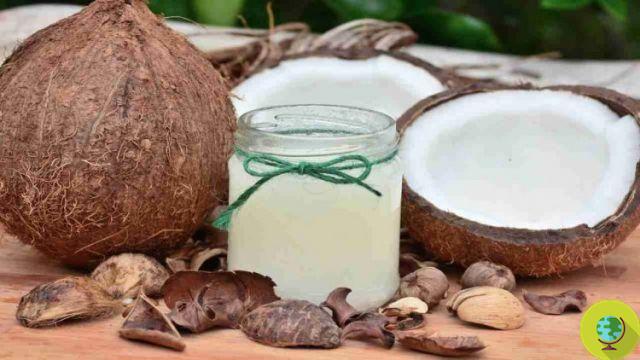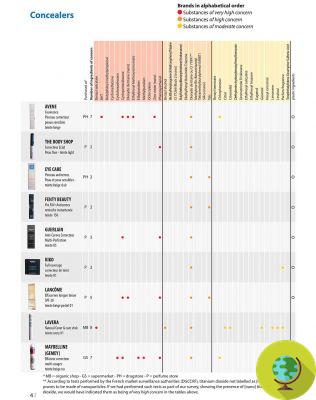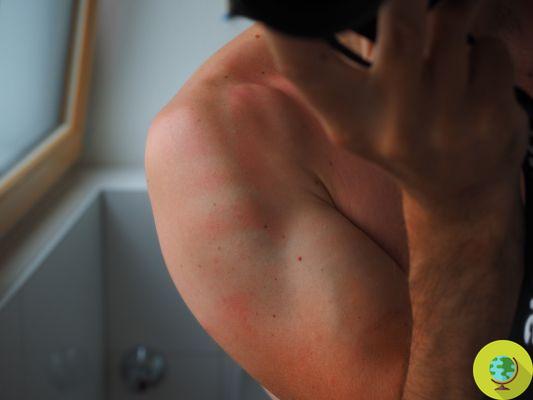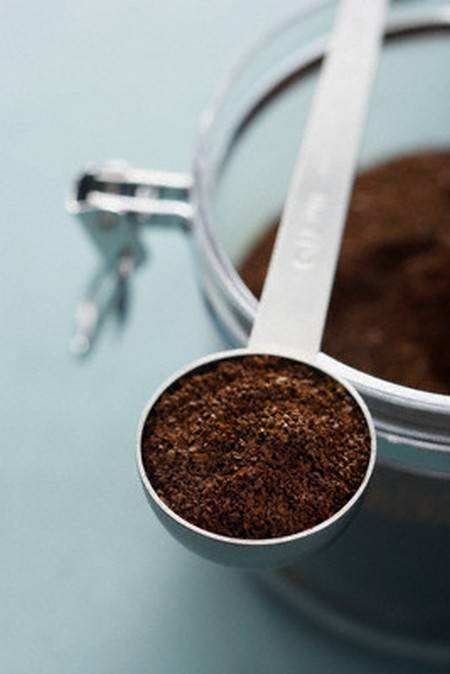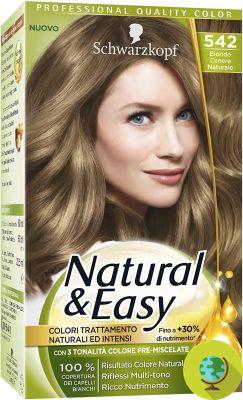There are approximately 400 species of Cassia in nature, many of which are used in folk medicine for their antifungal and antibacterial properties. The variety we use for the hair is the powder obtained from a plant indifferently called Cassia (Senna) Obovata or Cassia (Senna) Italica.
Don't store avocado like this: it's dangerousIn nature there are approximately 400 species of Cassia, many of which are used in folk medicine for their properties antifungal and antibacterial.
The variety we use for the hair is the powder obtained from a plant indifferently called Cassia (Senna) Obovata or Cassia (Senna) Italica.
In botany the terms Cassia and Senna are equivalent, so you can find them both in the Inci of the packs: it is always the same dust.
Cassia has the peculiarity of having a coloring power only if oxidized in an acidic environment.
Basically, if it is prepared only with hot water, cassia plays an extraordinary curative function on the hair: it restructures, strengthens, disciplines and polishes them. Quite often, cassia is called neutral henna.
But, of course, it is not henna at all, even though the two powders are very similar and are both green in color.
However, being similar in appearance and above all sharing some important healing properties, cassia is in fact often associated with lawsonia and called neutral henna.
READ also: HENNA: EVERYTHING YOU NEED TO KNOW TO DYE YOUR HAIR
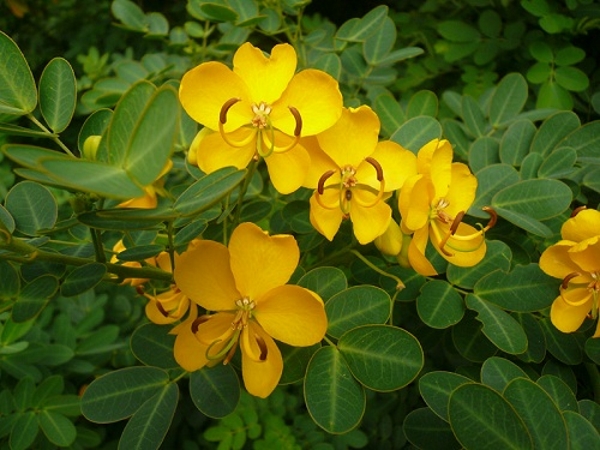
The adjective neutral refers to the fact that in normal conditions this powder, unlike henna, has no dyeing power and does not alter the original color. Therefore, in this specific sense, cassia is neutral on the hair. In reality, in a broad sense, cassia is by no means a neutral powder, as it acts on the hair, exerting a very important restructuring and regenerating function.
Cassia, properties and benefits
Cassia is the natural remedy par excellence for thin, dull, brittle, stressed or chemically treated hair. A real beauty treatment for the hair, with properties:
• restructuring
• nutrients
• hardening
• polishes
• volumizing
• softeners
• conditioning
If it is oxidized with vinegar or lemon juice for no less than 12 hours, cassia is able to release golden reflections on the hair. Regarding its dyeing power, it should be noted that cassia does not lighten the hair, but reflects them with golden shades.
Le dyeing herbs in fact they color tone on tone, in the sense that they are added to our natural color, but they do not affect the hair pigment and therefore are not able to lighten the hair. To lose some color tones it is necessary to subtract melanin from the hair molecule and with natural methods this is not possible.
With oxidation, cassia acquires a reflecting power, since the acid element is able to activate the dyeing pigment it contains, which, as mentioned, has a mild coloring power. Therefore, cassia does not dye blonde, but is able to release beautiful golden reflections on light hair, or it can be used to cover white hair, which will be yellowish.
READ also: KATAM: THE “BLACK HENNA” THAT NATURALLY DARKENS HAIR
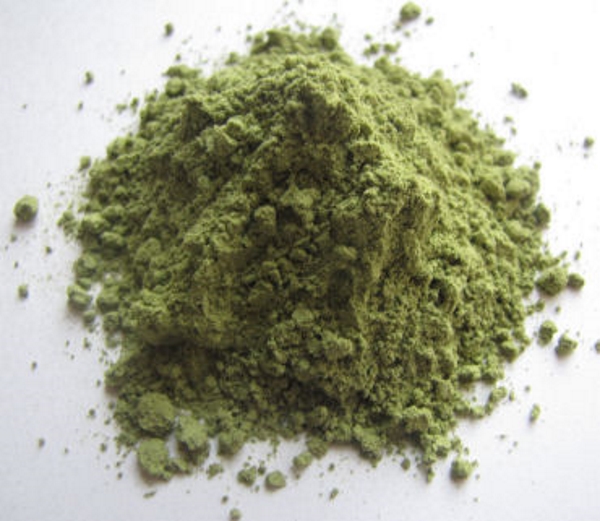
But in this case the effect wears off within a few shampoos, since, like all other dyeing herbs except for henna, cassia is unable to bind permanently to the keratin of the hair.
On dark hair the effect is very minimal, for which several applications are needed before being able to notice appreciable results.
To enhance its reflecting effect, cassia can be mixed to other herbs such as chamomile, turmeric, rhubarb, which also have the ability to release yellow-golden shades on the hair.
The compress of oxidized cassia it can also be used to counteract the layering of henna on the hair. As stated several times, henna binds permanently to the keratin of the hair, creating a sort of film that over time is added to the proteins of the shaft, going to thicken it and stratify it on the hair. Over time, layering can lead to a darkening effect. Well, oxidized cassia, in addition to its restructuring properties, helps to mitigate the consequences of stratification.
This herb is often contained in those blends that we find on the market under the name of "Blonde henna": it is a combination of herbs such as rhubarb, turmeric, chamomile able to brown and reflect the hair, helping to determine a lightening effect. Some mixes contain even a very small percentage of lawsonia.
In this case, on a clear basis, however, they can be obtained slightly coppery nuances or a strawberry blonde color. In the dark blends that we find on the market (chestnut henna or black henna), cassia is used both to counteract the layering of henna on the hair, and to decrease the dyeing capacity of the darkening herb.
Even when we prepare our home dye, it is always advisable to use cassia, for two reasons: first of all for its extraordinary properties regenerating on the hair, but also not to excessively darken the hair, diluting the dyeing capacity of the batter and counteracting the stratification of lawsonia.
Read also: Indigo: the natural black-blue hair dye
Cassia, how to prepare it
As for the preparation of cassia, it differs depending on whether you want to exploit the restructuring power of the pack or if you want reflect hair.
'Srestructuring pack it is sufficient to mix in a bowl, some hot water and a suitable quantity of powder to form a paste with a consistency similar to that of a yogurt. It is applied to clean hair, wrapped with a cap or transparent film and left on for about an hour.
We proceed to rinse with a very delicate shampoo and a little conditioner. The operation can be repeated once a month, with truly exceptional benefits for our hair.
If, on the other hand, you want to exploit the reflecting power of this fantastic powder, you must first oxidize it into aacid environment. You can use either vinegar, orange juice or lemon juice. The oxidation time, which in any case must not be less than 12 hours, also varies according to the external temperature.
If it is very hot outside, the times are shortened. Conversely, in the case of colder temperatures, it will take longer to allow the golden pigment to be released. On clean hair, cassia should be kept on hair for at least 2 hours. Obviously, by prolonging the shutter speed the reflecting effect will be greater.
If possible, avoid shampoo, but apply only a dab of conditioner. It would always be advisable to carry out the final acid rinse, with the very important function of closing the scales of the hair and fixing the reflections obtained. Just add vinegar or lemon juice to the water of the last rinse, briefly massaging the hair with this liquid.
Angela Petrella




